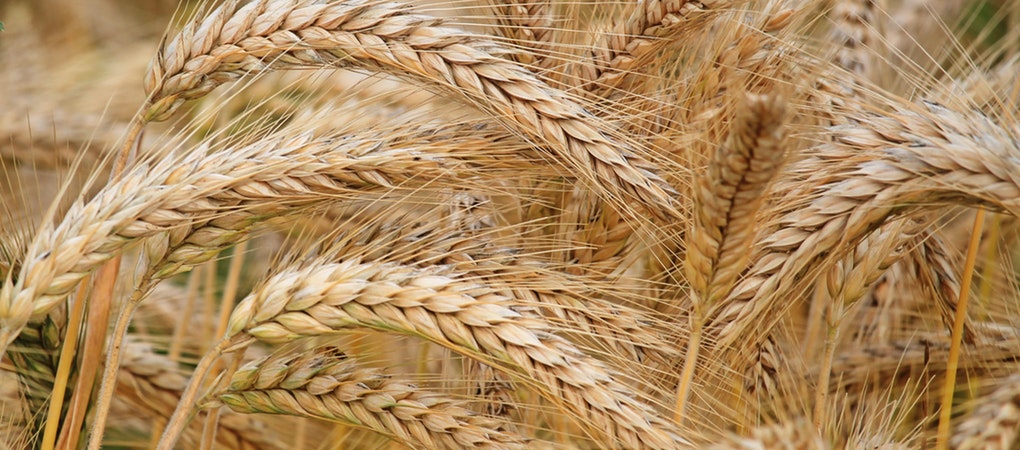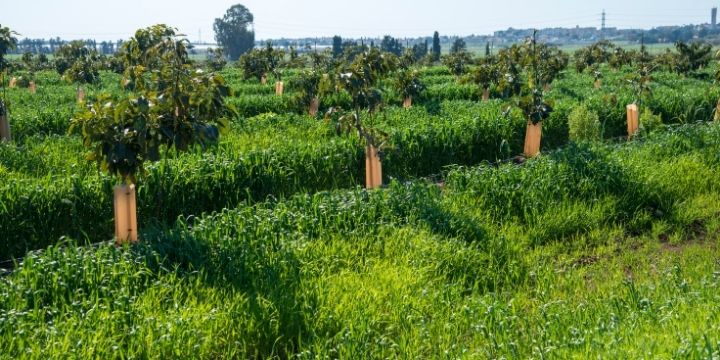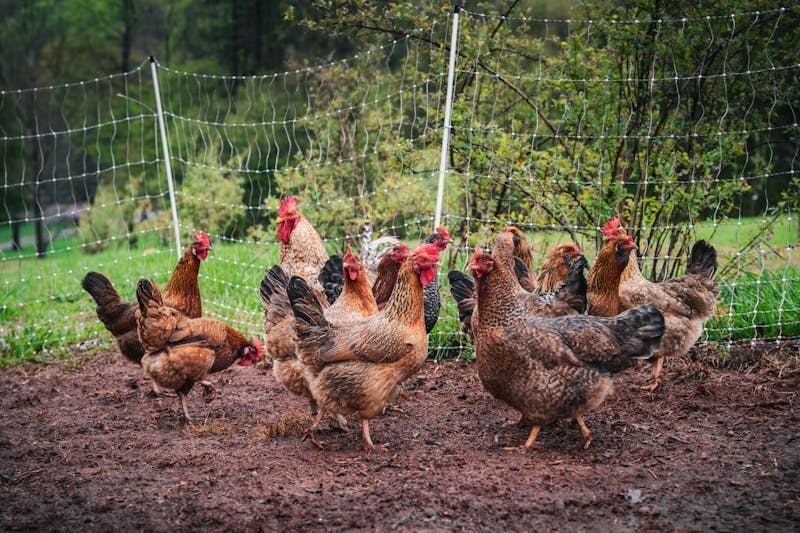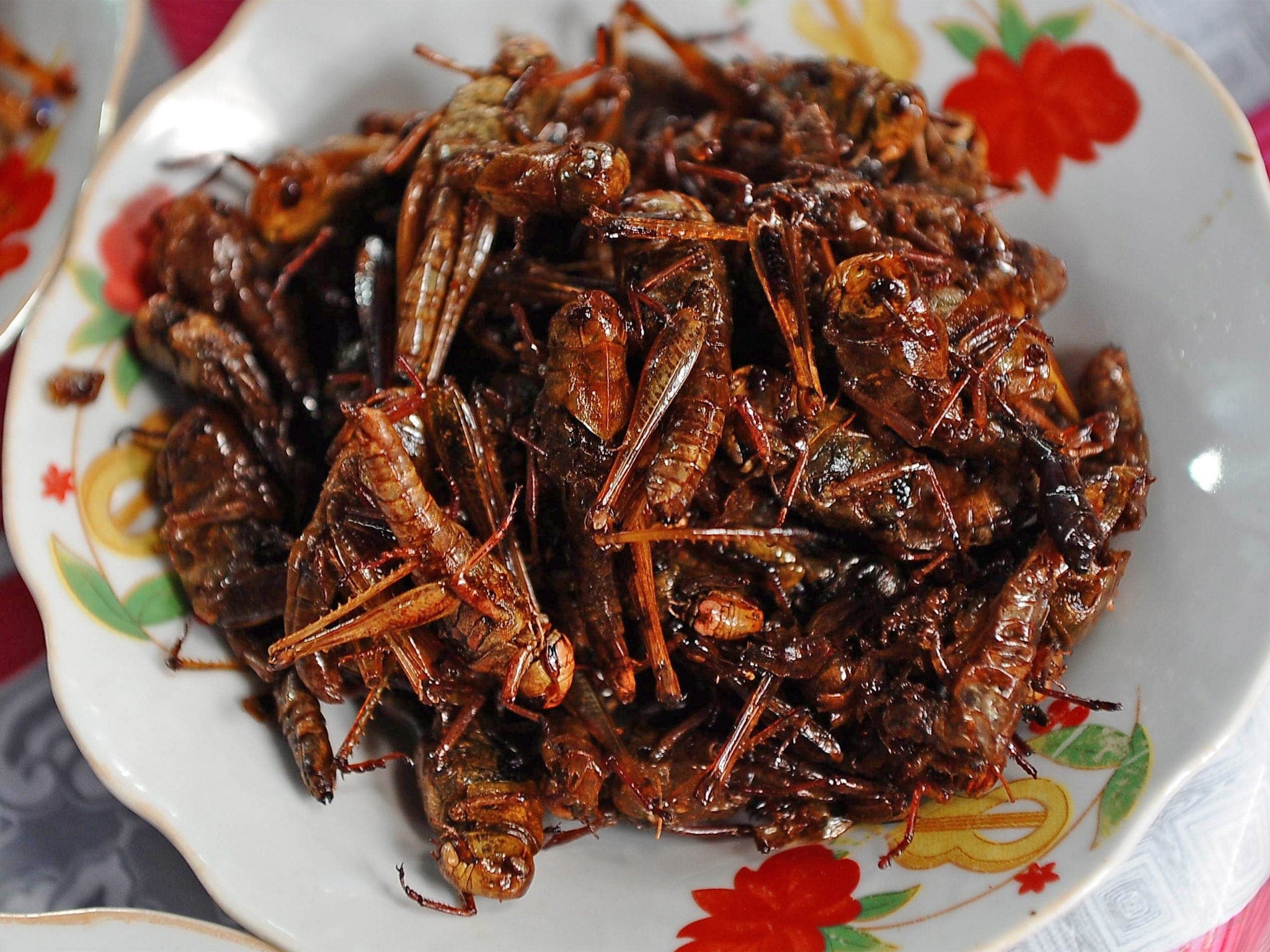Are you looking for an accurate estimate of money you will make for commercially growing wheat in Kenya? This post gives you a comprehensive cost-benefit analysis for a farmer growing wheat in a productive area like Narok, Timau or Njoro. You can use it to understand the inputs and costs required in wheat farming and the potential returns or profits you will make.
The Profits of Wheat farming in Kenya is affected by various factors such as farm size, method of farming (mechanized or manual), seed and fertilizer prices, and labor among others. Below is a general estimate of the costs and profits you will get, you can use it for planning purposes and records keeping after consultations with your extension officer or consultant.
We give you the projected profit and loss account for wheat farming in Kenya in 2 parts. A comprehensive wheat farming calendar and the Profit calculations.
Wheat Growing Crop Calendar for Kenya
As a wheat farmer in Kenya like Narok or Timau, timing is critical to ensure high yields. The success of high wheat harvests will depend on careful planning and use of a wheat crop calendar. Here’s a detailed timeline of your wheat farming activities from planting to harvesting.
Pre-planting activities
As farmers prepare their land in January, it’s also the ideal time to source and purchase key inputs like certified wheat seeds and basal fertilizers. Timely acquisition of these inputs is essential for a smooth planting process in the coming months.
- Seed Purchase: Purchase your certified wheat seeds early to avoid shortages or price hikes. You can buy the best seeds from reputable agro-dealers near you to ensure seed quality and proper certification.
- Fertilizer Sourcing: Diammonium Phosphate (DAP) is the common planting fertilizer for wheat in Kenya. As a smart farmer you can save money by buying your fertilizers early. Avoid the last-minute rush when prices are high and there are fake fertilizers in the market.
January – February: Land Preparation
In Narok, wheat farming begins with land preparation, which ideally takes place between January and early February. In case you do not own a farm here, it wil also involve land hunting for leasing in this period.
Plough your farm to a depth of 15-20 cm to break up soil clumps and allow organic material to decompose. Adding compost or goat manure during this phase will improve the soil fertility and yields. Agcenture recommends that you do soil tests to assess nutrient levels and to buy the best fertilizer and in the right amounts.
March: Final Seedbed Preparation and Planting
In early March, make the final seedbed preparation by the second harrowing. It will ensure the farm is level, there is fine tilth and it is free from weeds. Consider using basal fertilizers such as DAP should be during planting to support strong root development. Wheat is planted at a depth of 2-5 cm, with rows spaced 15-20 cm apart to allow for proper growth. Timely planting during this month maximizes the use of the long rains that typically begin in April.
April: Early Crop Management
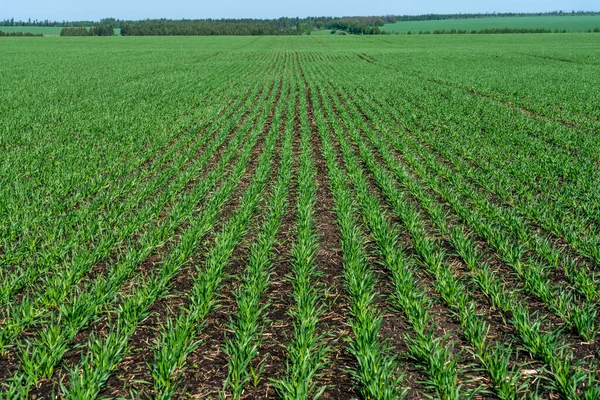
April will involve your early crop management activities. Monitor your wheat fields regularly on a daily to weekly basis for emerging weeds and pests. If you detect any weeds, remove them within 3-4 weeks after planting. This will give you strong wheat plants due to low competition for water and nutrients. In case there is insufficient rainfall , consider irrigating your wheat to support early plant growth and establishment.
May: Top-Dressing and Weed Control
Between the 4th and 6th weeks after planting , your wheat crop starts tillering. It is a critical stage for nitrogen application. Apply the Urea Nitrogen fertilizer to to support vigorous tillering and increase the number of wheat heads per plant. Besides, maintain continuous weed control and monitoring for pests to prevent any threats that may reduce your yields.
June – July: Pest and Disease Management
Aphids and wheat rust are common threats in wheat farming in Kenya. Maintain your regular field inspections and timely application of pesticides or fungicides incase of pest or disease detection. Given the health and condition of your wheat make plants for foliar fertilizer application or irrigation to get more grains
August: Harvest Preparation
In August, begin preparing for harvesting, storage and marketing activities. Your Wheat is ripe for harvesting when the grains are dry with a moisture of around 15%. Early wheat harvesting will result in grain shattering. On the other hand, delayed harvesting will lead to quality and profits loss due to pests infestation, unfavorable weather conditions such as rain or poor market prices
September: Harvesting and Post-Harvest Handling
Wheat harvesting in Narok and Timau and other areas usually begins in early September. Use a combine harvester instead of manual harvesting. After the wheat harvesting, Dry it to a moisture content of 12-13% to prevent spoilage during storage. To maintain high quality, store your wheat grains in clean, dry bags and containers to avoid pests, moisture build up and mold
October – December: Storage and Marketing
In the final quarter of the year, focus on storage and marketing their produce. Instead of selling to brokers, explore other market options like millers or bakeries. To secure higher favorable prices, continually monitor the market trends and negotiate with potential buyers. As a risk mitigation plan, consider forming or joining a wheat farmers cooperative or association. The other option is contract farming and grow wheat for outgrowers at a better price.
Cost of wheat farming in kenya per acre
Having understood the activities of wheat farming in Kenya from land preparation to marketing, the section below will give you the typical fixed and flexible costs, revenues and profits per acre using the cost and benefits analysis method.
Cost of Wheat Production in Different Regions (1-50 Acres)
| Cost Category | Narok County | Nakuru County | Nyandarua County | Uasin Gishu County | Timau | Average |
|---|---|---|---|---|---|---|
| Yield (90 kg bags/acre) | 10 | 13 | 14 | 10 | 12 | 12 |
| Sales Revenue per acre (Yield*KSh 5100) | 51,000 | 66,300 | 71,400 | 51, 000 | 61,200 | 61,200 |
| Leasing Land (Ksh/acre) | 8,500 | 12,000 | 10,000 | 10,000 | 5,000 | 9,100 |
| Ploughing (Ksh/acre) | 2,400 | 2,500 | 3,000 | 3,000 | 2,500 | 2,680 |
| Harrowing (Ksh/acre) | 1,700 | 1,500 | 1,500 | 3,000 | 2,000 | 1,940 |
| Planting (Ksh/acre) | 1,700 | 1,500 | 1,500 | 1,500 | 1,000 | 1,440 |
| Seed (Ksh/acre) | 3,700 | 3,900 | 4,000 | 3,800 | 4,000 | 3,880 |
| Fertilizer (Ksh/acre) | 4,200 | 3,000 | 3,100 | 3,200 | 3,200 | 3,340 |
| Herbicides (Ksh/acre) | 7,290 | 6,000 | 5,700 | 8,000 | 5,200 | 6,440 |
| Fungicides (Ksh/acre) | 5,700 | 2,520 | 6,120 | 4,500 | 4,000 | 4,568 |
| Labour (Spraying, Ksh/acre) | 1,950 | 2,000 | 2,000 | 1,500 | 2,000 | 1,890 |
| Pesticides (Ksh/acre) | 500 | 700 | 600 | 975 | 1,500 | 855 |
| Top Dressing (Ksh/acre) | 2,700 | 2,500 | 3,000 | 2,500 | 2,000 | 2,540 |
| Combine Harvesting (Ksh/acre) | 2,000 | 2,000 | 1,500 | 2,000 | 2,500 | 2,000 |
| Bags (Ksh/acre) | 450 | 540 | 450 | 450 | 400 | 458 |
| Bagging (Ksh/acre) | 450 | 540 | 450 | 450 | 400 | 458 |
| Loading & Offloading (Ksh/acre) | 300 | 340 | 300 | 300 | 360 | 320 |
| Drying (Ksh/acre) | 450 | 540 | 450 | 450 | 400 | 458 |
| Transport (Ksh/acre) | 1,500 | 1,800 | 1,500 | 1,700 | 4,000 | 2,100 |
| County Cess (Ksh/acre) | 600 | 720 | 600 | 600 | 720 | 648 |
| Total Cost of Production (Ksh/acre) | 42,440 | 37,696 | 40,520 | 36,750 | 35,050 | 38,091 |
| Profits (Revenue-Cost of Production) Ksh/Acre | 8,560 | 28,604 | 30,880 | 14,250 | 26,150 | 23,109 |
| Cost of Production per Bag (Ksh/bag) | 4,244 | 2,693 | 3,377 | 3,675 | 2,921 | 3,382 |
Land Preparation
These are your costs for ploughing, harrowing levelling and soil testing.
Mechanized ploughing costs ranges from Ksh 5,000 to Ksh 8,000 per acre in most wheat farming areas. If you go for oxen ploughing it is slightly cheaper, costing around Ksh 4,000 per acre. Additional costs for harrowing and levelling are around Ksh 2,000-3,000 per acre.
Seed Purchase
certified wheat seeds are crucial for getting higher yields. In 2024, the cost for certified wheat seed is approximately Ksh 120 per kilogram. The recommended seed rate for an acre is about 45 to 50 kg of wheat seed. Your total seed cost per acre will be between Ksh 5,400 and Ksh 6,000. Certified seeds can give you higher germination rates and better resistance to diseases, making sure you get more harvests and profits.
Fertilizer and Soil Amendments
High wheat farming will depend on good soil health and fertility management. You will apply fertilizers at two critical stages: planting and top-dressing.
- At planting, use Diammonium Phosphate (DAP), which costs around Ksh 3,500 to Ksh 4,000 for a 50 kg bag.
- During top-dressing, Apply the granular Urea nitrogen fertilizer that costs about Ksh 3,200 to Ksh 3,800 for the same quantity. As an alternative, spray your wheat with urea-ammonium-nitrate (UAN) solution or other available foliar fertilizers
An acre of wheat requires approximately 1 to 1.5 bags of both DAP and Urea per season. This brings the total cost of fertilizer to between Ksh 6,700 and Ksh 8,000 per acre.
Labor
Labor is another major fixed cost, with expenses varying depending on whether mechanization is used. If you rely on manual labor, tasks such as planting, weeding, fertilizer application, and harvesting can cost between Ksh 10,000 and Ksh 15,000 per acre. If you are using mechanized systems, labor costs can be lower. But, you must account for fuel and equipment maintenance, which can still make manual labor a more affordable option in certain cases.
Pest and Disease Management
Managing wheat pests and diseases will prevent yield losses. Some of the common wheat pests in Kenya include aphids, while fungal infections such as rust are the common diseases. You must budget between Ksh 2,500 and Ksh 3,500 per acre to buy and apply pesticides and fungicides. Preventative measures, such as regular scouting the fields regularly, can help minimize these costs and avoid large-scale infestations.
Irrigation (Optional)
Wheat farming in kenya relies on rainfall. But, in case you choose to irrigate your farm, it can significantly raise production costs. If you use irrigation, you may spend an additional Ksh 5,000 to Ksh 10,000 per acre. This cost will cover water, fuel for irrigation pumps, and labor associated with operating irrigation systems. While irrigation is not always necessary, it is crucial for maintaining yields in times of inconsistent rainfall.
Revenue and Returns
To estimate the money you will make, multiply your total yield with price per bag.
In a high wheat-productive areas in Kenya like Timau,Narok or Olkalou you can between 12 to 20 bags of wheat per acre. Your yields will depend on input quality, weather, and crop management practices. On average, wheat farmers in Kenya can expect around 12 bags per acre.
The current market price for a 90kg bag of wheat is currently set at Ksh 5200 for grade I ans 5100 for grade II. Assuming a market price of grade II of Ksh 5,100 per bag, you will generate a total revenue of Ksh 61,200 per acre (12 bags x Ksh 5,100).
Gross Profit Calculation
Revenue Per Acre: Ksh 61,200
Gross Profit: Ksh 61,200 – Ksh 38,091 = Ksh 23,109 per acre.
Thus, under typical conditions, a wheat farmer in Kenya can expect to make a gross profit of approximately Ksh 20,000 per acre. These profits can fluctuate depending on changes in input prices, weather conditions, and market demand. However, farmers can increase profitability by adopting mechanization, improving soil management, and leveraging cooperative selling to access better markets.
